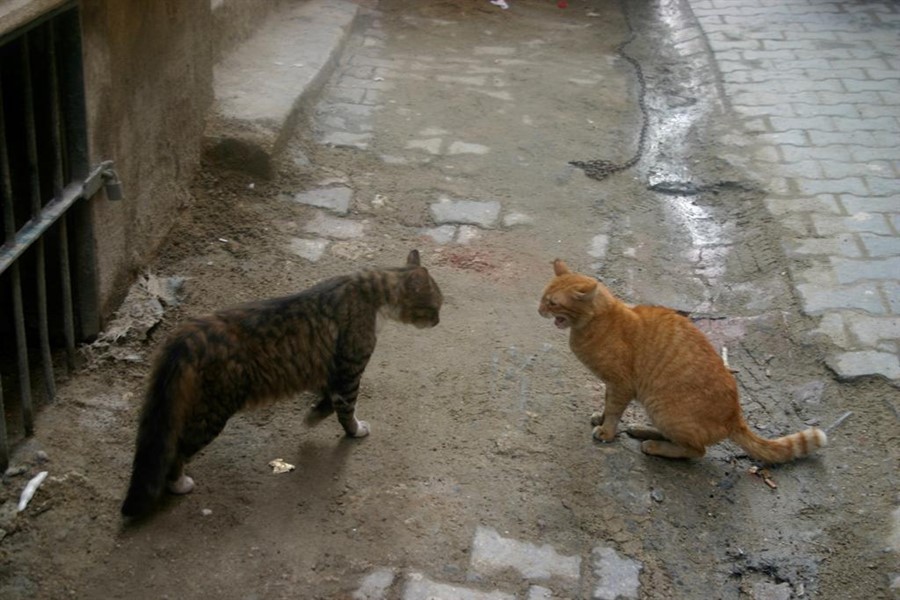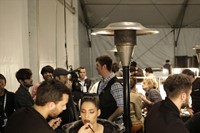Ana Finel Honigman guides us through the city of Istanbul during Fashion Week

It is only Istanbul Fashion Week’s second season and already it fosters no illusions. Despite, or perhaps because of all the flowery language during the press presentations, Istanbul Fashion Week is blatantly a trade-fair. For a country which mass produces much of the world’s disposable garments – especially in Europe, where Turkish-made is slightly cheaper and quicker to obtain than production from Asia – it is hardly surprising that the sprawling event should aim to be wide, not deep. Yet, just like the gob-smacking views from almost every street corner which offered vast panoramas of the city, Fashion Week provided broad insights into Turkey’s culture.
The hills and their vistas were a welcome contrast to the squashed, ill-lit SantralIstanbul tents where the government-sponsored event was housed across from the impressive Eski Silahtarağa Elektrik – the vast industrial “electricity museum” in which the opening and closing parties provided rare glimpses of glamour. At the Conrad hotel – a generic business conference hotel with countless beige conference halls where foreign guests were roomed – frantic organisers scrambled to herd the 100s of mostly French-speaking journalists on and off buses to the tents, where chaos and boredom alternated. Even the intrepid gangs of sleek street cats which inhabit Istanbul kept passing the tents with blasé feline disdain.
But in spite of these handicaps there were a few shows worth seeing, in which the artful manipulation of fabric, and flashes of skin that define the Turkish aesthetic provided compelling flourishes.
“Women in Turkey really like to look sexy,” said Gamze Saraçoğlu, the 28-year-old graduate of Parsons and Central Saint-Martins whose work will adorn the debut issue of Vogue Turkey next month. That penchant for “shiny, sexy, strong colours, powerful, prints and man-eating looks,” which Saraçoğlu ascribes to contemporary Turkish women’s love of nightlife and rejection of a more romantic femininity, was very much in evidence on the catwalks. Saraçoğlu’s designs displayed a subtle and artistic sensibility as they shared the signature Turkish attention to folding, pleating and manipulating fabric and a love of asymmetry. Her stunning pressed silk mini-dresses were inspired by the balled-up paper sketches she’d thrown away while waiting to be inspired for her new collection.
At the same time, more typically Turkish designers, including the scene’s Grande Dame Arzu Kaprol, leading formal wear designer Hakan Yıldırım and Özlem Süer showed intricate and often exaggerated interlaced swirls, cut-outs and folds that exposed or veiled enticing bits of the shoulders, torsos and backs of the magnificent statuesque and remarkably mature models (geriatric in kitty-catwalk years – aka: 25). In every instance the sculptural looks expressed what Saraçoğlu aptly described as every Turkish woman’s “desire to be seen.”
Ana Finel Honigman is a Berlin-based critic, curator, PhD candidate at Oxford University and lecturer at NYU. She writes regularly on contemporary art and fashion for Artforum.com, ashadedviewonfashion.com, Interview.com, the New YorkTimes, Style.com, V, British Vogue and many other publications



